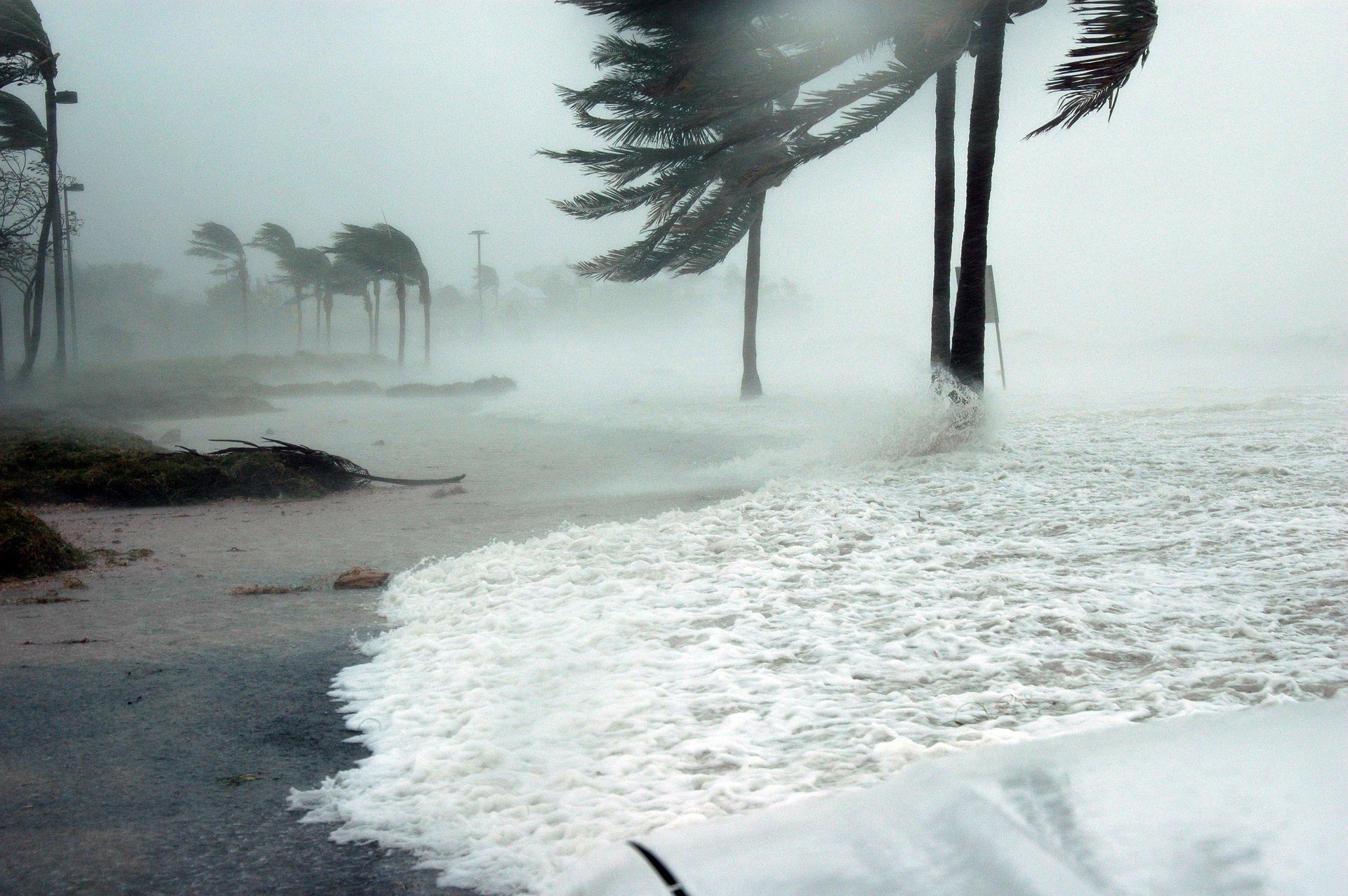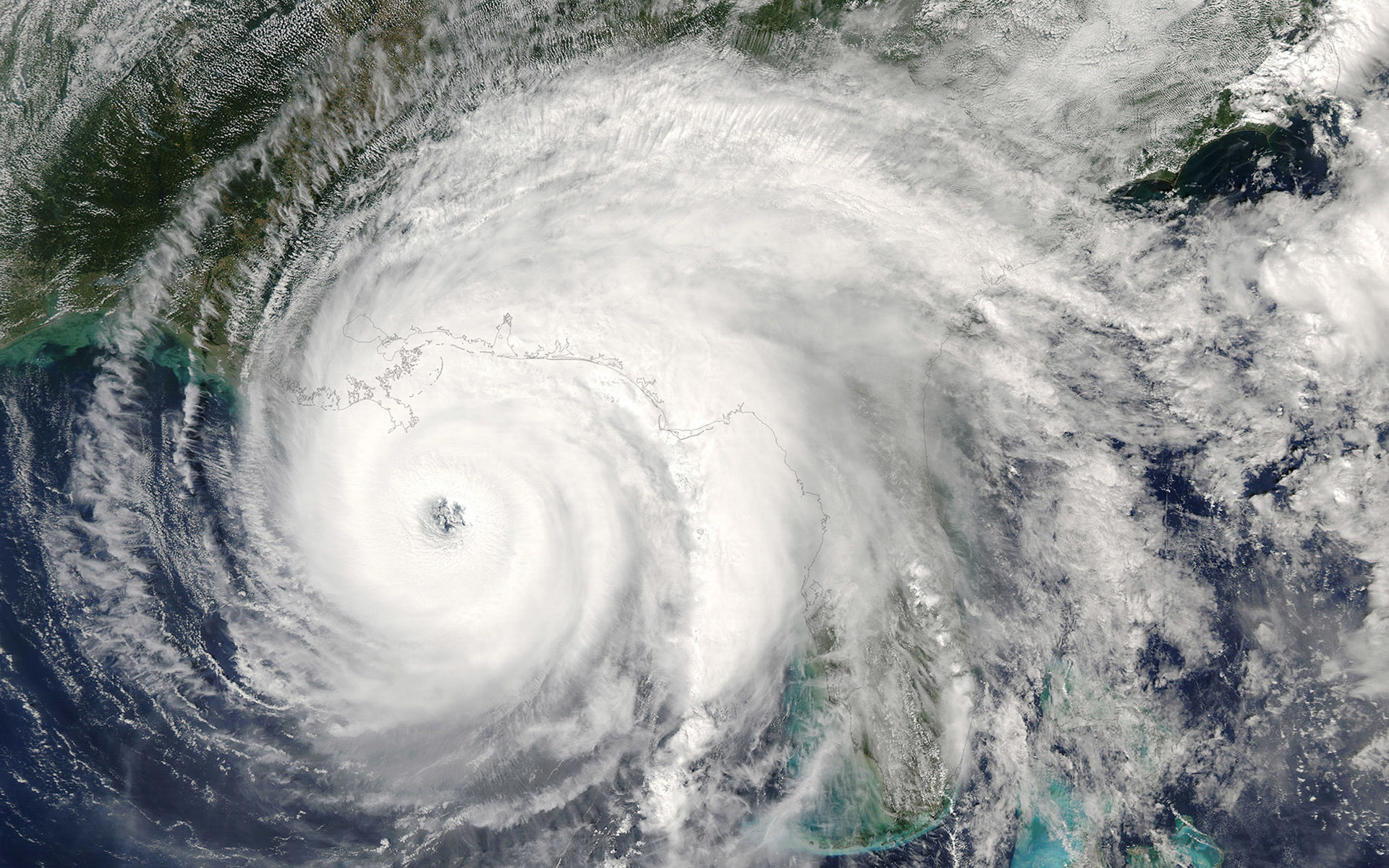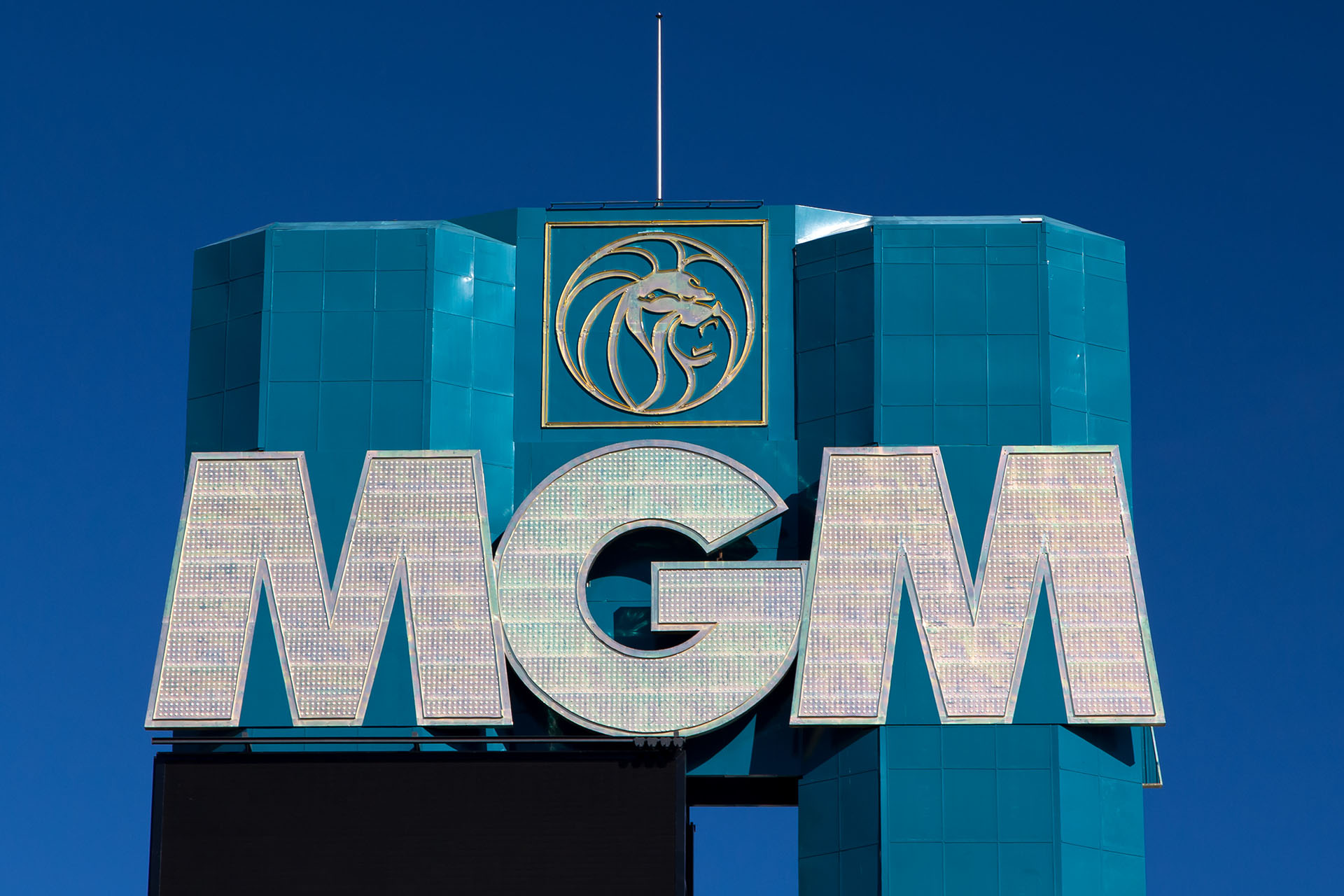In recent years, we’ve witnessed the formation of exceptionally powerful tropical storms, prompting discussions among experts about the potential introduction of a new hurricane category: Category 6. This proposal stems from the observation that the most severe storms are intensifying due to climate change, challenging the adequacy of the current five-category Saffir-Simpson hurricane scale, established over half a century ago.
Two climate scientists, in a recent study published in the Proceedings of the National Academy of Sciences, argue for this additional category to account for storms with winds surpassing 192 miles per hour. This suggestion comes in response to the current Category 5 threshold of 157 mph, which, they argue, fails to adequately differentiate the extreme dangers posed by storms nearing or exceeding 200 mph.
Despite these calls for a new category, several experts maintain that the existing system suffices. They caution that focusing on wind speed alone might overlook the more significant threat posed by water, including storm surge and flooding, which historically have been the most lethal aspects of hurricanes.
Since 2013, five Pacific storms have reached the proposed Category 6 wind speeds, with two impacting the Philippines significantly. The increasing warmth of our planet is believed to contribute to the likelihood of such extreme weather events, not only in the Pacific but potentially in the Gulf of Mexico as well, where many storms that affect the United States intensify.
“Climate change is exacerbating the severity of the most intense storms,” notes Michael Wehner, a leading author of the study and a climate scientist at the Lawrence Berkley National Lab. This trend is not indicative of a higher number of storms but rather an increase in the intensity of major hurricanes, fueled by warmer ocean temperatures.
Adjusting the Hurricane Scale
Historically, there have been periodic suggestions to extend the hurricane category scale, especially following Typhoon Haiyan’s extraordinary 195 mph winds in 2013. Yet, the study posits that such extreme events are becoming less isolated due to climate change.
The debate around introducing a Category 6 reflects broader concerns about how we communicate and understand the risks associated with increasingly powerful tropical storms. While Pacific storms have historically achieved higher intensities due to less land interaction and larger expanses for development, the study suggests that warming conditions may also elevate the potential for such intense storms in the Atlantic.
Experts like MIT’s Kerry Emanuel acknowledge the rationale behind adjusting the scale but note the practical challenges, given that the most significant hurricane damage often results from water rather than wind. The National Hurricane Center, emphasizing the diverse hazards posed by storms—including storm surge, rainfall, and tornadoes—suggests that the current Category 5 adequately denotes “catastrophic damage” potential from wind, questioning the necessity of a new category.
At WheelHouse IT, we closely monitor these developments and the broader implications of climate change on hurricane severity. Our focus remains on ensuring that businesses and communities are prepared for the evolving nature of these threats. As discussions about a Category 6 continue, it underscores the importance of comprehensive disaster preparedness plans that account for all aspects of these devastating natural phenomena.
In conclusion, while the debate over a Category 6 hurricane rages on, the underlying message is clear: the world is changing, and our strategies for prediction, preparation, and protection must evolve accordingly. WheelHouse IT remains committed to providing the insights and support needed to navigate these challenges, ensuring our clients and communities are resilient in the face of nature’s most formidable forces.












